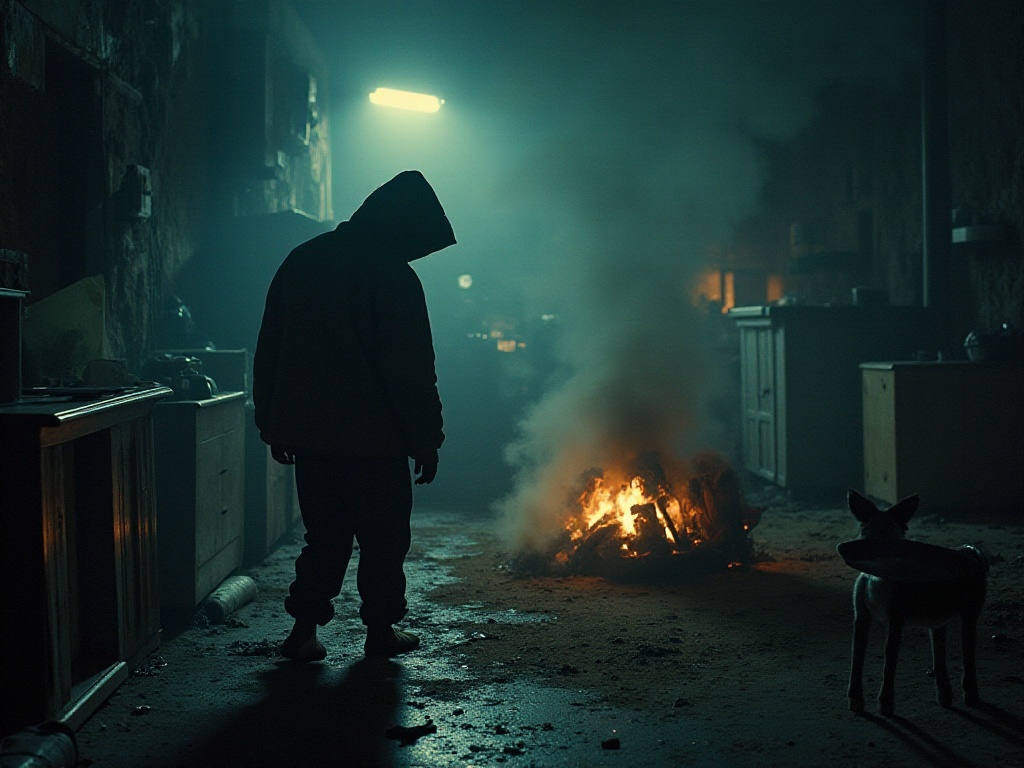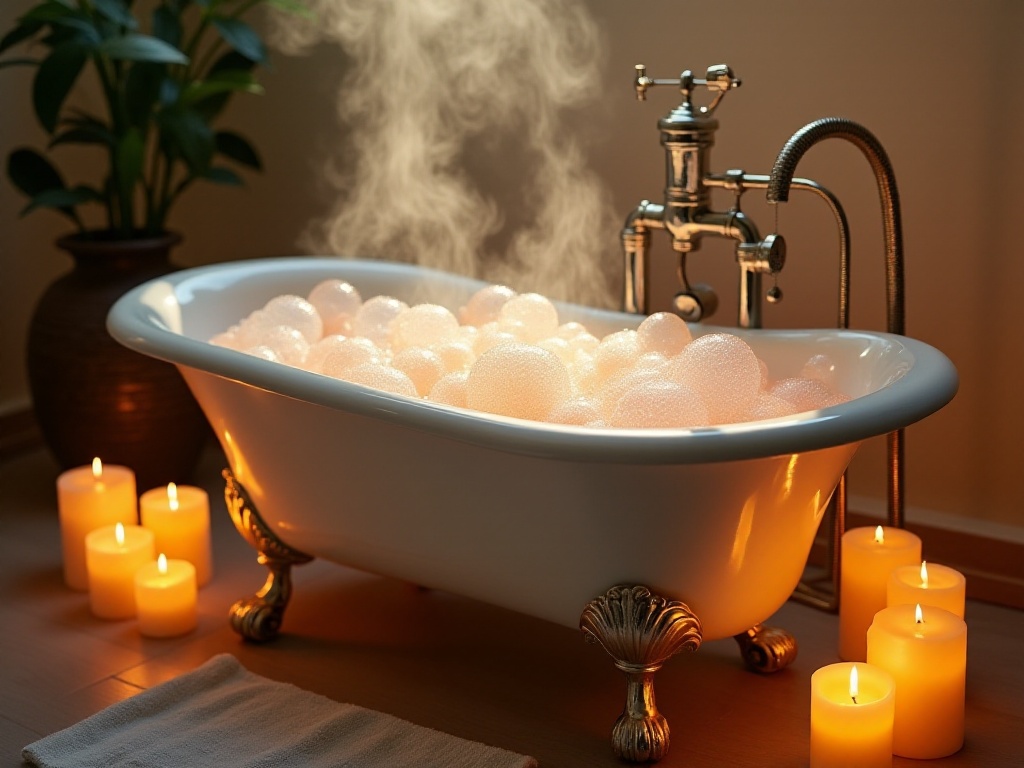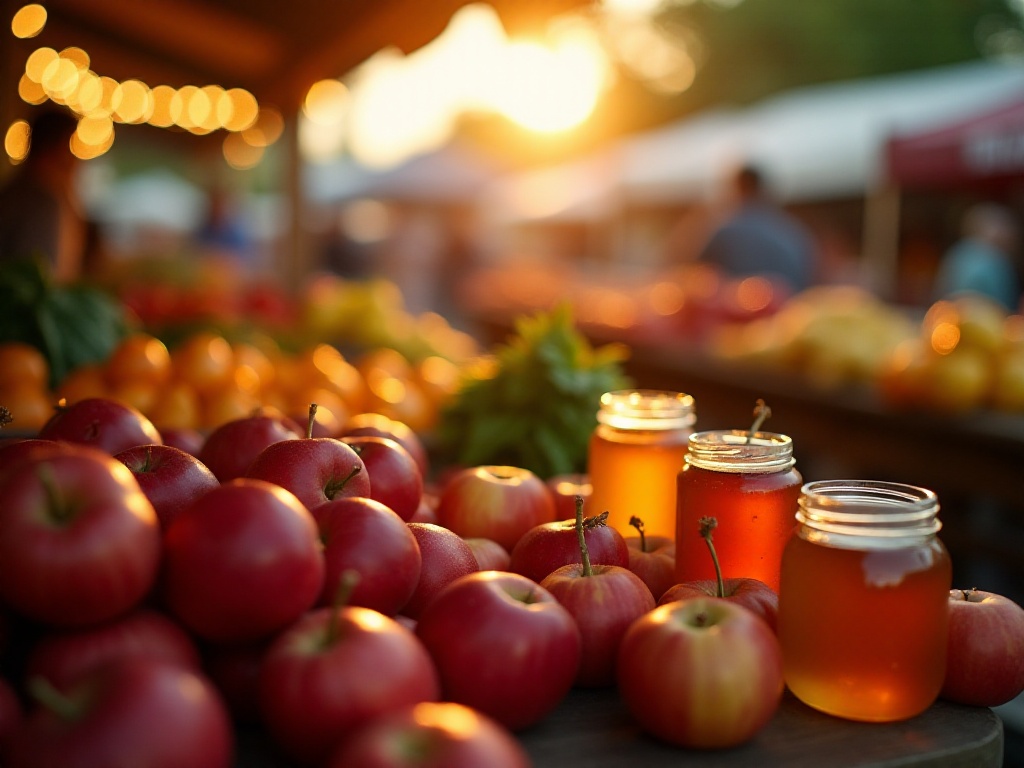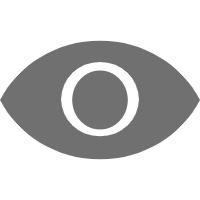Introduction
Hello everyone! Recently, I've been overwhelmed by the clutter in my dorm and room. It takes forever to find a lipstick before work, and my keys seem to disappear into random corners. As a post-95 generation learning organization from scratch, I've learned many lessons the hard way. For instance, I used to pile all my cosmetics on the desk to save time, which not only looked messy but made it hard to find anything. After years of exploration and trial, I've finally discovered some incredibly useful organization methods that I'd like to share with you today!
Basic Preparation
First, I want to emphasize that organization isn't just about stuffing things into cabinets and drawers. I used to do that - cramming all my clothes into the closet, which turned every seasonal clothing change into a major excavation project. Later, I realized that good organization requires systematic planning.
For example, before organizing, I first sort everything by category. Skincare products, makeup, jewelry, stationery, etc., need to be grouped together. This helps you see exactly how much you have, what's duplicated, and what's expired or unused.
I remember once when I gathered all my skincare products, I discovered I had three identical bottles of toner! This made me realize I needed to shop more rationally and avoid duplicate purchases. During the organization process, I also found several expired face masks and lotions - waste caused by over-stockpiling and not using items in time.

Identification System
Speaking of identification systems, they're incredibly important! Besides using nail polish to mark keys, I've developed many clever tricks to make life more convenient.
For instance, I have many chargers at home for phones, tablets, and Bluetooth earphones, and I used to grab the wrong ones. Later, I started wrapping different colored tape around the charging cables - red for phones, blue for tablets, yellow for earphones - making them instantly distinguishable.
Organizing skincare and makeup products requires strategy too. I mark the opening date on the bottom of products with a marker, so I know exactly when to discard them. I organize face masks by function, keeping hydrating, whitening, and pore-minimizing masks in separate storage boxes, and label their usage order to prevent expiration from overstock.

Zone Organization
Zone organization is truly a treasure in the organization world! My room is now planned according to different functional zones. For example, the vanity area is mainly for skincare and makeup products, the desk area for stationery and office supplies, and the bedside table for frequently used small items.
In each zone, I use appropriate storage tools. The vanity has transparent acrylic storage boxes for easy visibility; the desk uses file boxes and folders for document organization; the bedside table has a small basket specifically for charging cables, earphones, and other frequently used small items.
Notably, I've placed small trash bins or storage baskets in every area of my home. They're in the living room, bedroom, and bathroom, making it easy to dispose of trash immediately instead of letting it accumulate. In the bathroom and kitchen, I keep wipeable notepads and waterproof pens to record items as they run out, making it easy to replenish supplies promptly.

Kitchen Tips
Kitchen organization is truly an art. I think the most important principle is "put away after use." For example, while cooking, I prepare a special plate for condiments and return each one to its place immediately after use. This keeps the counter neat and makes finding things easier.
My kitchen has an incredibly useful storage solution - over-the-door storage racks. They hang on cabinet doors and hold various seasonings and cleaning supplies. This saves space while maximizing storage. To prevent seasonings from expiring, I regularly check expiration dates and place items nearing expiration in prominent positions for priority use.
Kitchen utensils require strategy too. I keep frequently used utensils in easily accessible places, with less frequently used ones on upper shelves or in the back. Pots and pans are arranged by size and frequency of use, small pots together, large pots together, with the most frequently used ones in front.
It's particularly important to reserve some flexible space in the kitchen. Sometimes you buy new kitchen tools or receive gifts, and if all space is filled, there's nowhere to put new items. I usually reserve about 20% of space, making organization more manageable.
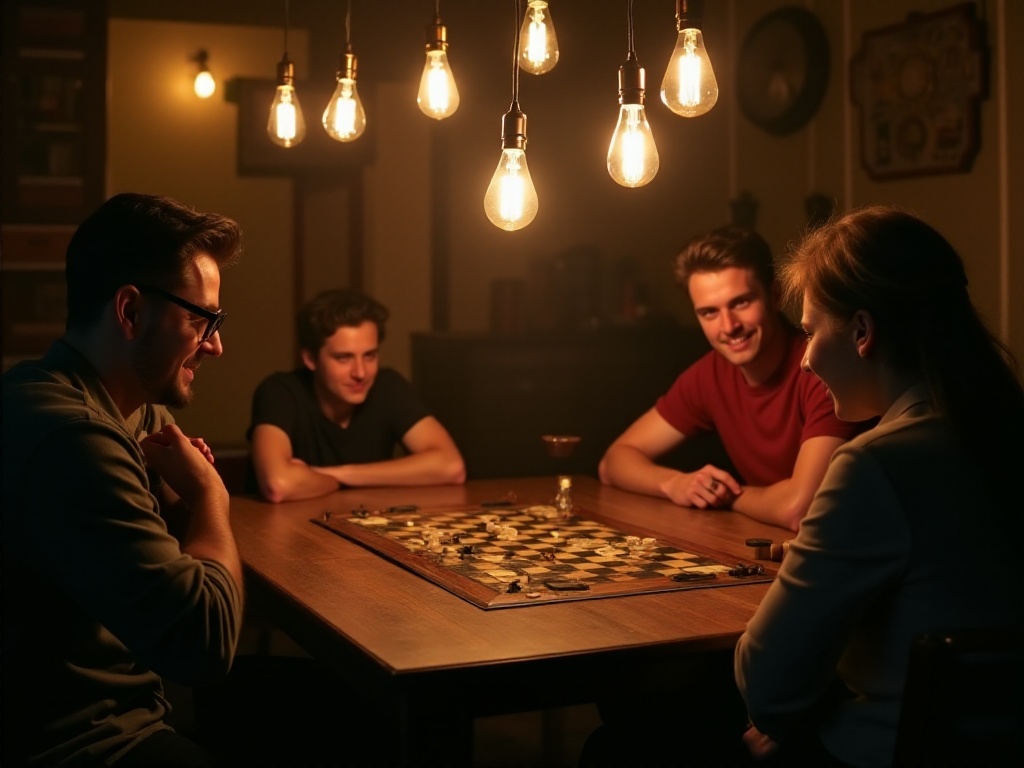
Beverage Storage
Beverage storage is also a skill! Besides the frozen grape trick, I have many practical methods. For example, I sort different types of tea bags into transparent sealed jars, labeled with the tea type and brewing instructions. This looks good and makes retrieval convenient.
To organize drinks in the refrigerator more neatly, I bought special beverage organizers. They hold cans horizontally, saving space while making them easy to access. On the refrigerator door, I use transparent storage boxes specifically for small bottles of condiments and jams.
Speaking of jams, I especially like pouring a little hot milk into nearly empty jam jars, shaking them to make delicious fruit-flavored milkshakes. Sometimes I collect these almost empty jam jars, clean them thoroughly, and use them to store snacks or other small items - both eco-friendly and practical.

Clothing Organization
Clothing organization is one of the most challenging issues. Besides using hair straighteners to quickly fix collars, I have many practical clothing storage tips.
First is closet zoning. I organize clothes by season and type. Spring and summer clothes go in easily accessible places, while fall and winter clothes can go on upper shelves or in storage boxes. Similar types of clothes are kept together, with T-shirts, shirts, and pants each having their own section.
The folding method is also important. I now use the "vertical storage method," storing clothes upright, which not only saves space but prevents disturbing other clothes when retrieving items. Underwear and socks are sorted into storage compartments for easy access.
For bag storage, I stuff them with newspaper or filling material when not in use to maintain their shape. Each bag has a moisture absorber to prevent mold. Bags are arranged by size and frequency of use, with frequently used ones in easily accessible positions.
It's particularly important to thoroughly organize the closet each season change. I sort through clothes that don't fit or I don't like anymore, either donating them or giving them away, maintaining the closet's tidiness and functionality.
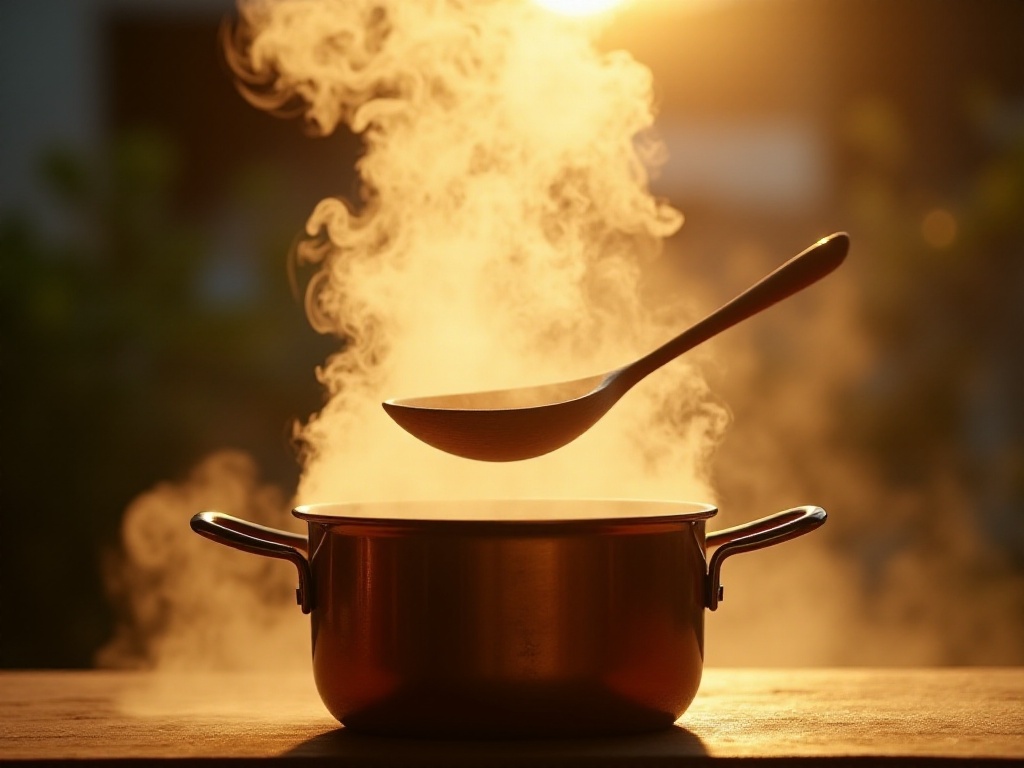
Organization Insights
After years of exploration, I've deeply experienced how good organization habits can transform life. I used to think organization was troublesome, but now I find organizing things enjoyable.
My advice is to start small, like spending 10 minutes tidying your room before bed, putting used items back in place, and preparing things needed for tomorrow. On weekends, you can do focused organization of small areas, like organizing the desk one week and the closet the next, so it doesn't feel overwhelming.
Also important is developing habits of immediate organization. Put things back immediately after use, dispose of trash right away, and promptly return misplaced items. These small habits accumulate to keep your home consistently tidy.

Conclusion and Future Outlook
Through sharing these organization tips, I hope to provide some practical references. Organization isn't just about making your home neater; more importantly, it makes our lives easier and happier.
When you no longer stress about finding things in the morning, when you feel joy returning to a tidy environment, when friends visit and praise your well-organized home - these are all the happiness that organization brings.
Finally, I want to say that organization is a continually optimizing process, and different people may have different methods. I hope everyone can find the organization method that suits them best and create a living environment that brings joy to body and mind.
I look forward to seeing everyone share their organization experiences in the comments section, so we can progress together and create better living spaces!


